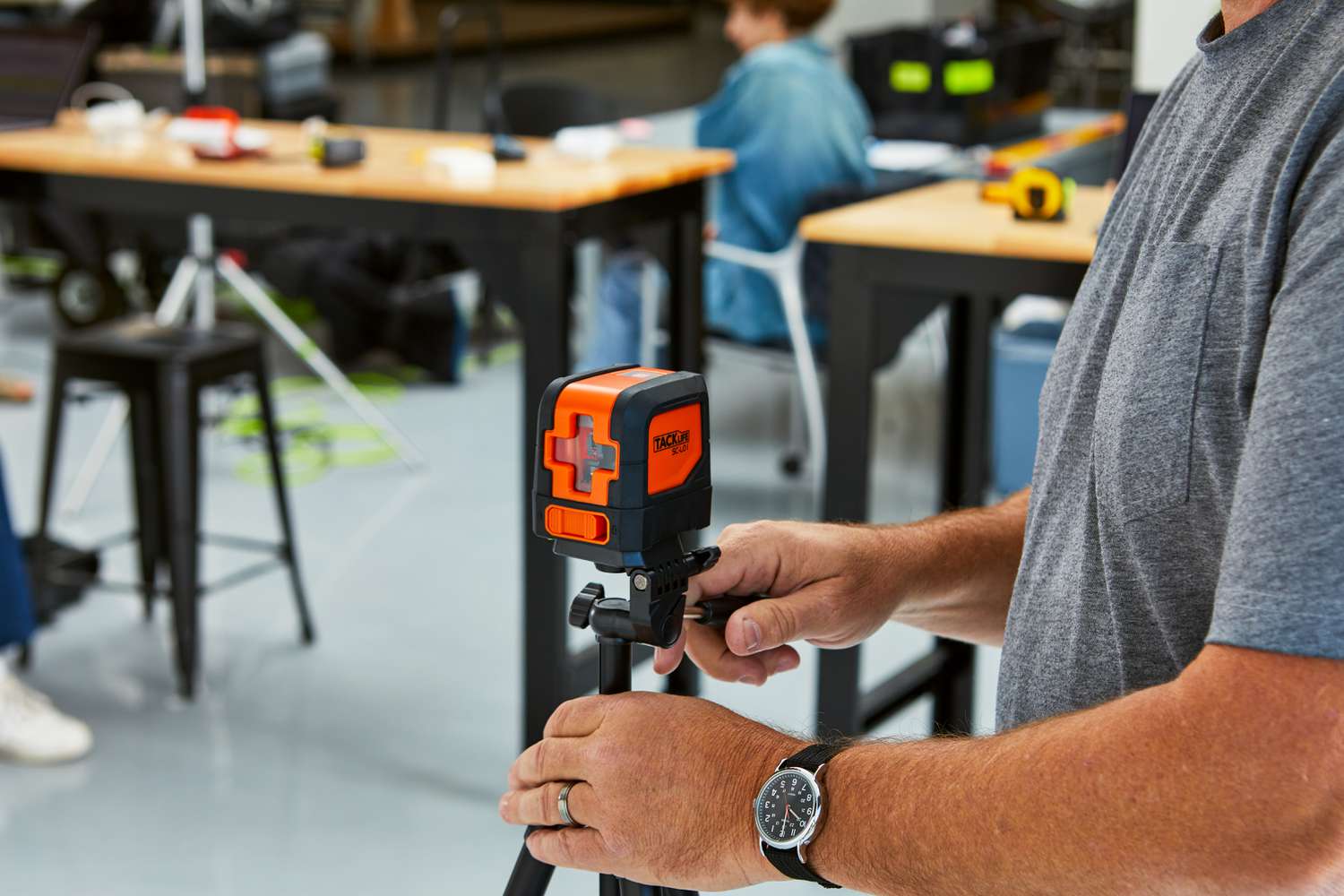

Articles
How Far Does Laser Level Go?
Modified: February 22, 2024
Discover how far laser levels can reach and get expert advice on using them effectively. Read articles on laser level technology, applications, and tips.
(Many of the links in this article redirect to a specific reviewed product. Your purchase of these products through affiliate links helps to generate commission for Storables.com, at no extra cost. Learn more)
Introduction
A laser level is a crucial tool for various construction and home improvement projects. It is used to create precise horizontal and vertical lines on surfaces, assisting with tasks such as alignment, leveling, and layout. Whether you are a professional contractor or a DIY enthusiast, understanding the capabilities and limitations of a laser level can greatly benefit your work.
In this article, we will explore the question: How far does a laser level go? We will examine the principles behind laser level technology, the factors that affect their range, and the real-life limitations you should be aware of.
By the end of this article, you will have a comprehensive understanding of the maximum range of a laser level and how to optimize its performance for your specific needs.
Key Takeaways:
- Laser levels have varying ranges, with handheld ones suitable for smaller projects and rotary ones covering large-scale construction. Real-life limitations like ambient light and surface reflectivity can affect their effectiveness.
- Understanding the factors affecting laser level range, such as laser power and surface reflectivity, is crucial for optimizing performance. Adapting to real-life limitations and taking appropriate measures ensures accurate and efficient results.
Read more: How Far Does Laser Level Go For Fence?
What is a Laser Level?
A laser level is a precision tool used in construction and other industries to project straight and accurate reference lines onto different surfaces. It utilizes laser technology to create a visible beam of light that can be used as a guide for various tasks, such as installing shelves, aligning tiles, or hanging pictures.
Laser levels come in various forms, including handheld devices, line lasers, and rotary lasers. Handheld laser levels are compact and portable, making them ideal for smaller projects. Line lasers project straight lines in either a horizontal or vertical direction, while rotary lasers emit a laser beam that rotates 360 degrees, creating a complete reference plane.
These tools are equipped with built-in bubble vials or electronic sensors that ensure accurate leveling. The laser beam is emitted from the device and can be seen either as a single line or multiple lines, depending on the features of the laser level.
By using a laser level, you eliminate the need for traditional leveling tools like spirit levels or plumb bobs, which often require multiple measurements and can be time-consuming. Laser levels provide a quicker and more precise solution, making them an essential tool for professionals and DIY enthusiasts alike.
How Does a Laser Level Work?
To understand how a laser level works, we need to delve into the science behind laser technology. Laser stands for “Light Amplification by Stimulated Emission of Radiation.” A laser level utilizes this technology to emit a focused and highly visible beam of light.
Inside a laser level, there is a laser diode, a semiconductor device that emits coherent light when an electric current passes through it. This laser diode is combined with optics and leveling mechanisms to create a precise and accurate leveling tool.
The laser diode emits a narrow beam of light at a specific wavelength, typically in the red or green spectrum. This beam is then directed by mirrors or prisms and projected onto a surface as a visible line or dot. The laser level is designed to ensure that this line or dot remains level or plumb according to its orientation.
To achieve accurate leveling, laser levels incorporate a leveling mechanism. This can either be a manually adjustable bubble vial or an internal pendulum system. The pendulum system senses the level of the device and adjusts the laser beam accordingly to maintain a straight and level reference line.
Most laser levels also come with additional features such as adjustable rotation speed, multiple line modes, or the ability to project lines at various angles. These features enhance the versatility and functionality of the laser level.
It’s important to note that laser levels are not only limited to creating horizontal and vertical lines. With the help of accessories and attachments, laser levels can also project inclined lines, dots, or even laser grids, providing even more precise references for specialized applications.
Overall, the combination of laser technology and leveling mechanisms allows laser levels to provide accurate, reliable, and user-friendly leveling solutions for a wide range of projects and applications.
Factors Affecting the Range of a Laser Level
The range of a laser level refers to the maximum distance at which the laser beam remains visible and projected accurately. Several factors can affect the range of a laser level, and understanding these factors is crucial for optimizing its performance:
- Laser Power: The power of the laser diode used in the laser level plays a significant role in determining its range. Higher-powered lasers typically have a longer range, as they can emit a stronger and more visible beam of light.
- Light Conditions: The ambient light conditions in the work area can impact the visibility of the laser beam. In bright outdoor settings or areas with excessive ambient light, the projected laser beam may appear faint or become indistinguishable. On the other hand, indoor projects with low light conditions can enhance the visibility of the laser beam.
- Color of the Laser Beam: Laser levels are available in various colors, with red and green being the most common. Green laser beams are generally more visible to the human eye compared to red laser beams. Therefore, a laser level with a green beam might have a longer visible range than one with a red beam.
- Surface Reflectivity: The type of surface on which the laser beam is projected can affect its visibility and range. Highly reflective surfaces like mirrors, glass, or polished floors can scatter or reflect the laser beam, reducing its range. Conversely, surfaces with low reflectivity, such as concrete or matte finishes, allow for better beam visibility and longer range.
- Distance and Beam Spread: The distance between the laser level and the target surface affects the visibility and accuracy of the projected beam. As the distance increases, the laser beam spreads out, becoming wider and less visible. This can reduce the range of the laser level. Adjustable beam spread feature in some laser levels allow you to control the width of the beam, optimizing its visibility at different distances.
It is important to consider these factors when using a laser level to ensure the best performance and accuracy. Understanding how these factors interact will help you make informed decisions about positioning, surface selection, and laser level specifications for your specific project.
When using a laser level, the range of the laser beam can vary depending on the model. Higher quality laser levels can have a range of up to 100 feet indoors and 300 feet outdoors, while lower quality models may have a shorter range. Always check the specifications of the laser level before use to ensure it meets your needs.
Maximum Range of a Laser Level
The maximum range of a laser level refers to the farthest distance at which the laser beam remains visible and accurately projected. The range of a laser level can vary depending on the specific model and its specifications. Generally, the maximum range of laser levels can range from a few feet to several hundred feet.
Typically, handheld laser levels have a shorter range, ranging from 10 to 30 feet. These compact and portable laser levels are ideal for smaller projects or tasks that require close proximity measurements.
Line laser levels, on the other hand, have a broader range, often ranging from 50 to 200 feet. These laser levels project straight lines, both horizontally and vertically, covering a larger area. They are suitable for tasks such as aligning cabinets, installing tiles, or framing walls.
Rotary laser levels offer the longest range among laser levels. They can project a 360-degree laser beam, covering a complete reference plane. Depending on the model, rotary laser levels can have a range of up to 1,000 feet or more. These laser levels are commonly used in large-scale construction projects, such as grading, excavating, or aligning foundations.
It’s essential to note that the maximum range stated by the manufacturer is often under ideal conditions, such as indoor use or low ambient light. In real-life scenarios, the range can be affected by factors mentioned earlier, such as surface reflectivity, light conditions, and beam spread.
To achieve the maximum range of a laser level, it is recommended to consider the specific conditions of your project and adjust your setup accordingly. This may include selecting a laser level with a higher power output, choosing a color beam that suits your working environment, or using additional accessories to enhance beam visibility and range.
Always refer to the manufacturer’s instructions and specifications for the specific laser level you are using to ensure you are operating it within its designated range. Remember, optimizing the range of your laser level will result in more accurate and efficient leveling and alignment for your projects.
Read more: How Far Can You Measure With A Laser Level
Real-Life Limitations of Laser Levels
While laser levels are powerful and versatile tools, it is important to be aware of their limitations to ensure accurate and efficient use. Here are some real-life limitations to consider:
- Distance and Beam Spread: As mentioned earlier, the distance between the laser level and the target surface affects the visibility and accuracy of the projected beam. The beam spread also increases with distance, making the beam wider and less visible. In practical applications, this can limit the effective range of the laser level, especially when working in large open spaces or in bright outdoor conditions.
- Ambient Light: Bright light conditions, such as direct sunlight or high indoor lighting, can affect the visibility of the laser beam, making it difficult to see or trace accurately. In such situations, it may be necessary to use a laser detector or target plate that can receive and amplify the laser beam to overcome the limitations of ambient light.
- Surface Reflectivity: Highly reflective surfaces, like mirrors or glass, can scatter or reflect the laser beam, reducing its visibility and accuracy. Additionally, surfaces with low reflectivity or those with uneven texture can absorb or distort the laser beam, affecting its projection and range. Ensuring the appropriate surface conditions will help optimize the performance of the laser level.
- Interference: Other sources of light or lasers in the vicinity can interfere with the visibility and accuracy of the laser level. This interference can cause the beam to appear dim or distorted, leading to inaccurate measurements. Taking precautions to minimize external light sources and avoiding overlapping laser beams can help mitigate this limitation.
- Battery Life: Laser levels powered by batteries may have limited operating time, especially when using higher power settings or continuous rotation. It is advisable to have spare batteries on hand or consider using laser levels with longer battery life or the option for direct power supply.
Understanding these real-life limitations will help you plan your projects accordingly and make informed decisions about the setup and usage of your laser level. Adapting to these limitations and taking appropriate measures to optimize performance will ensure more accurate and efficient results.
Conclusion
A laser level is a valuable tool for professionals and DIY enthusiasts, offering precise and efficient leveling and alignment solutions. By projecting straight and accurate reference lines, laser levels enhance the accuracy and consistency of a wide range of projects.
In this article, we explored the question of how far a laser level can go, delving into the technology behind laser levels, their working principles, and the factors that can affect their range and performance.
We learned that the maximum range of a laser level varies depending on the type of laser level and its specifications. Handheld laser levels have a shorter range, while line laser levels offer a broader range, and rotary laser levels have the longest range. However, it is crucial to consider real-life limitations, such as distance, ambient light conditions, surface reflectivity, interference, and battery life, which can impact the effective range and performance of a laser level.
To optimize the performance of your laser level, it is important to choose the appropriate laser level for your specific project, consider the conditions of your work environment, and take the necessary precautions to overcome any limitations. This may include adjusting beam spread, using laser detectors or target plates, optimizing surface conditions, minimizing external light sources, and ensuring a reliable power source.
By understanding the capabilities and limitations of a laser level, you can make more informed decisions while working on your projects, leading to improved accuracy, efficiency, and overall quality of your work.
In conclusion, a laser level is a powerful tool that can greatly enhance your construction and home improvement projects. With proper understanding, setup, and precautions, you can take full advantage of its capabilities and achieve precise and professional results.
Frequently Asked Questions about How Far Does Laser Level Go?
Was this page helpful?
At Storables.com, we guarantee accurate and reliable information. Our content, validated by Expert Board Contributors, is crafted following stringent Editorial Policies. We're committed to providing you with well-researched, expert-backed insights for all your informational needs.
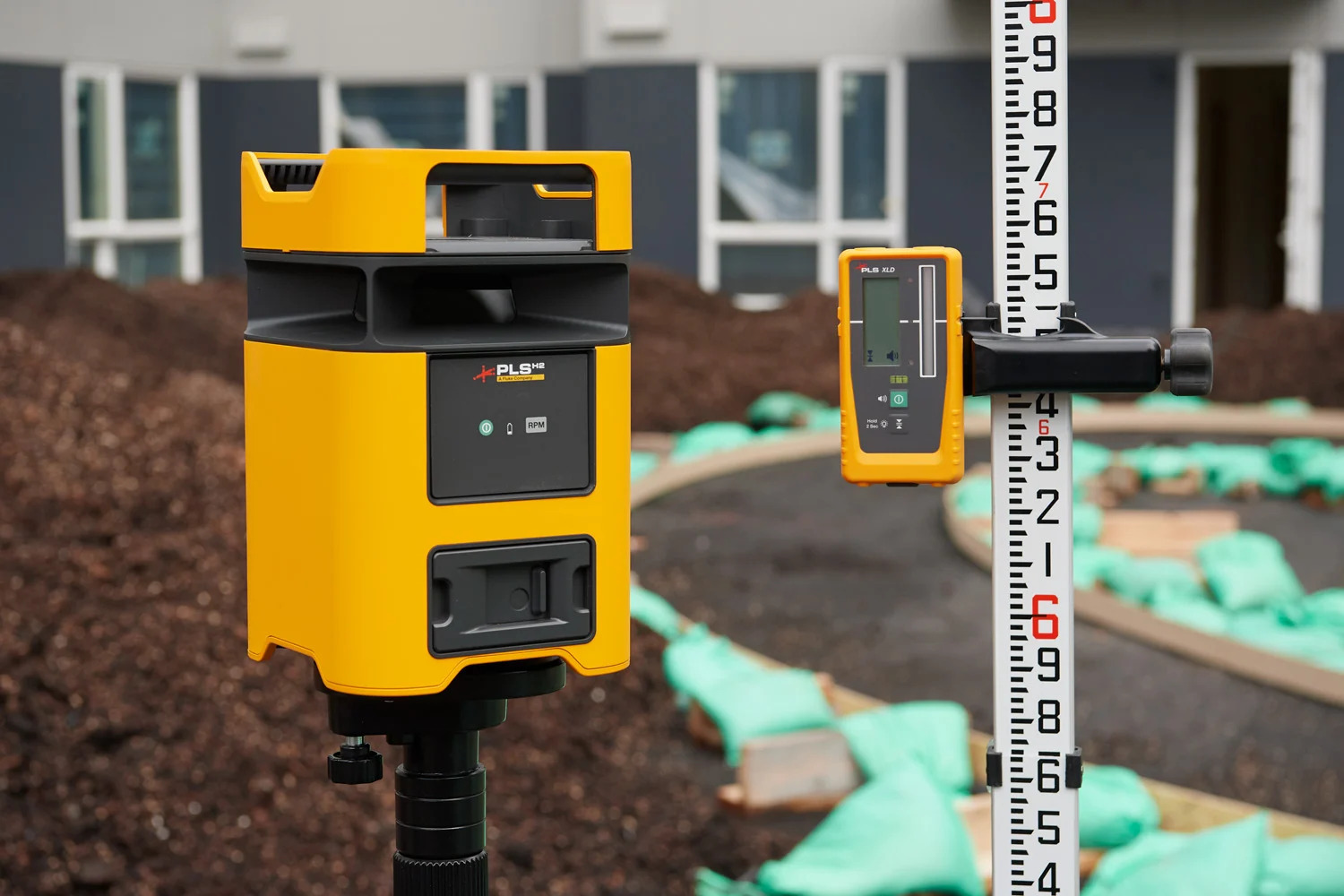
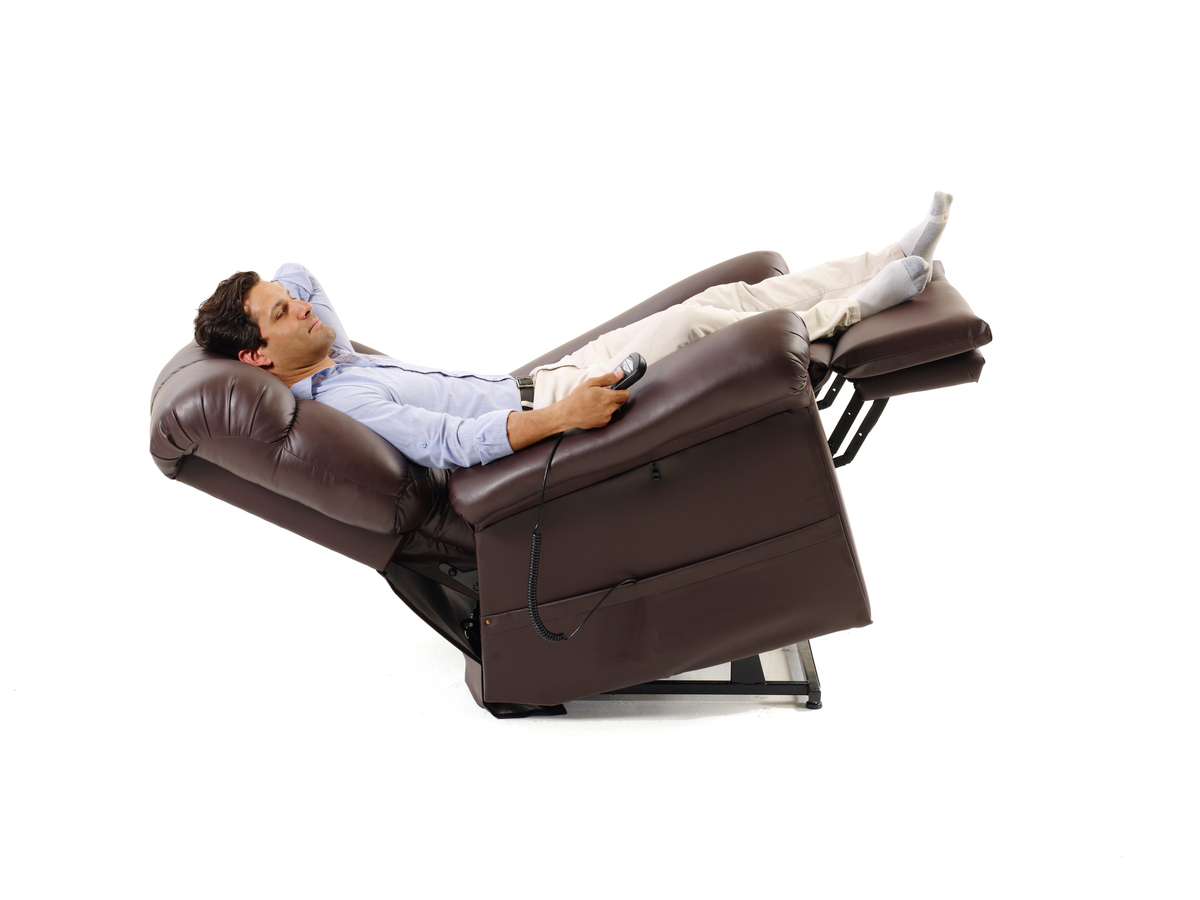
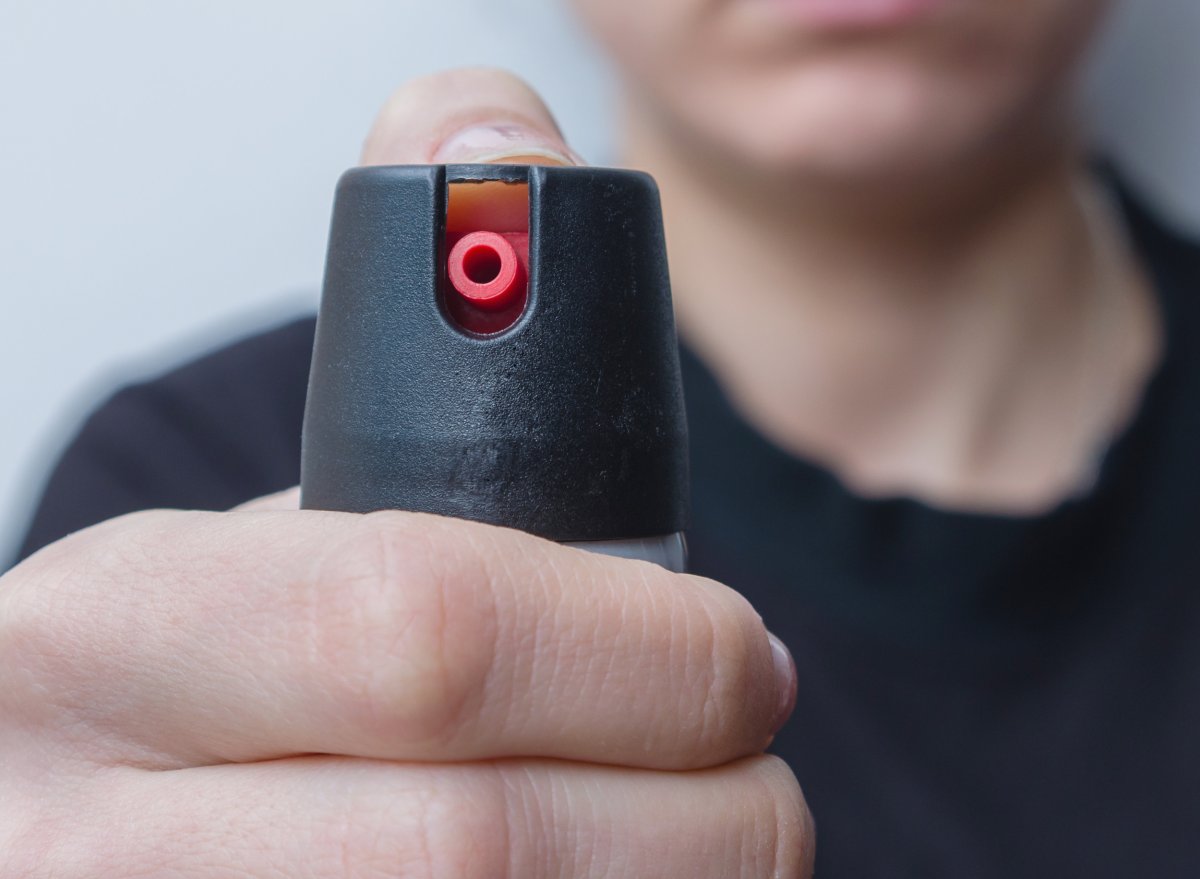
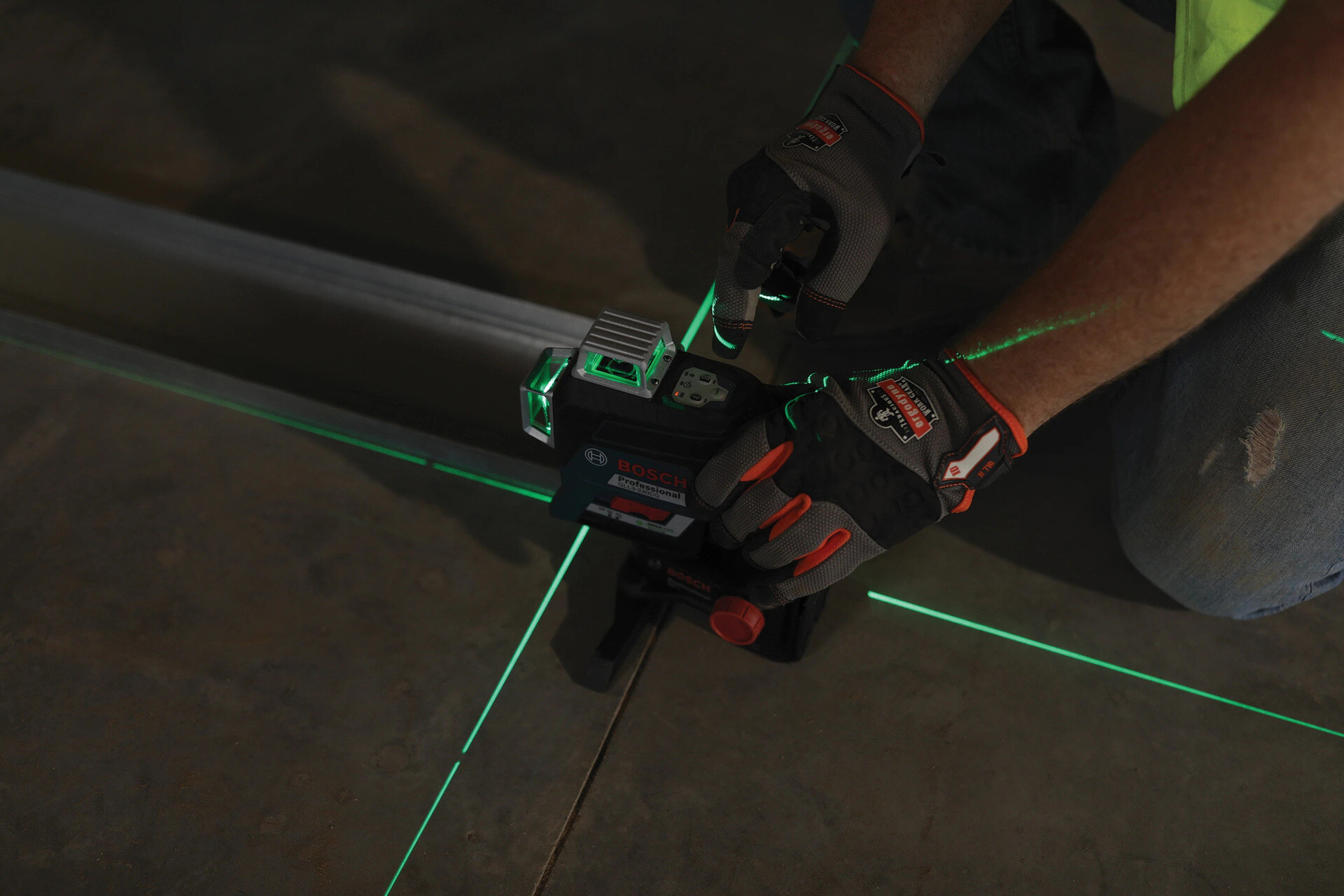
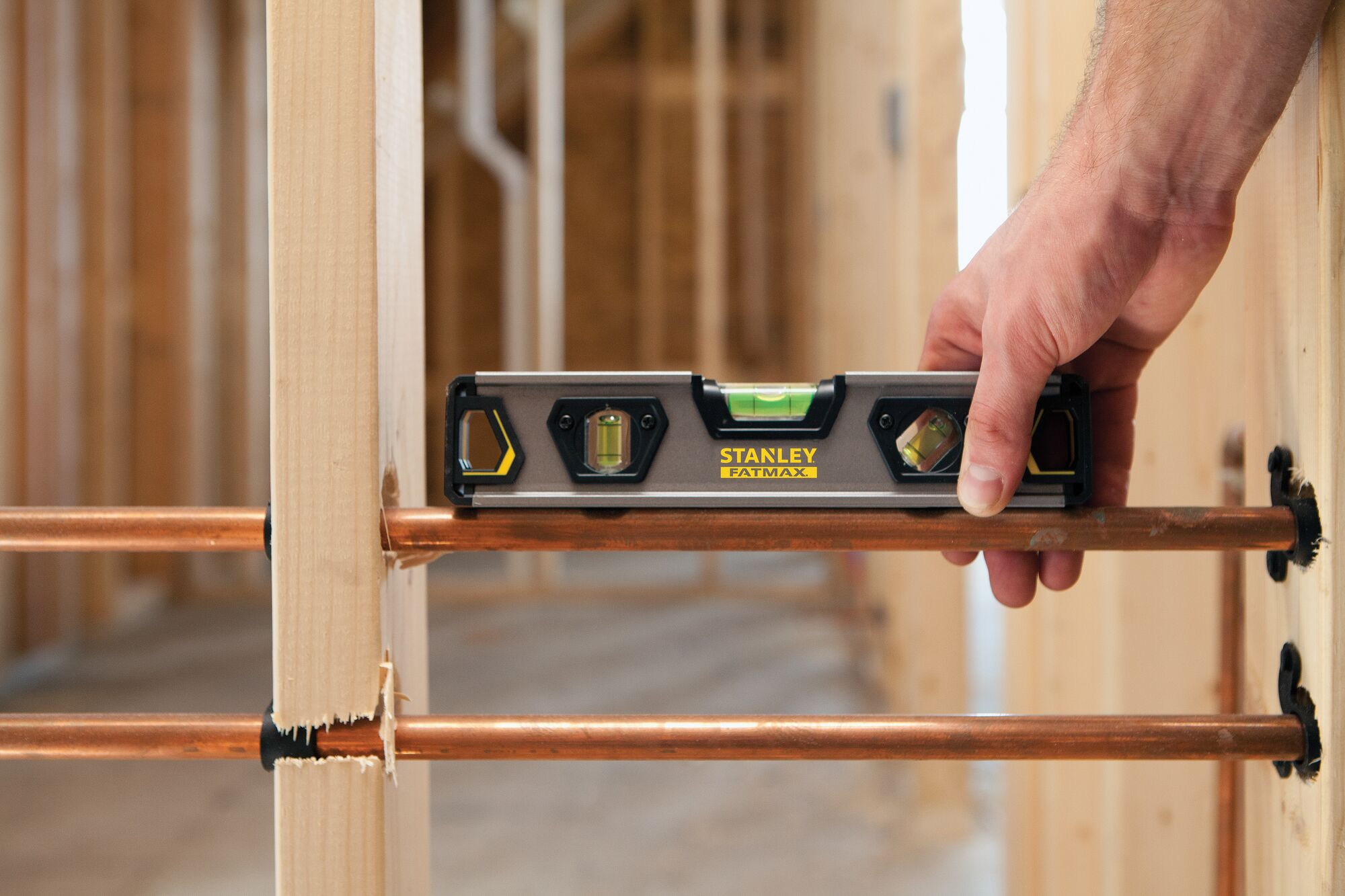
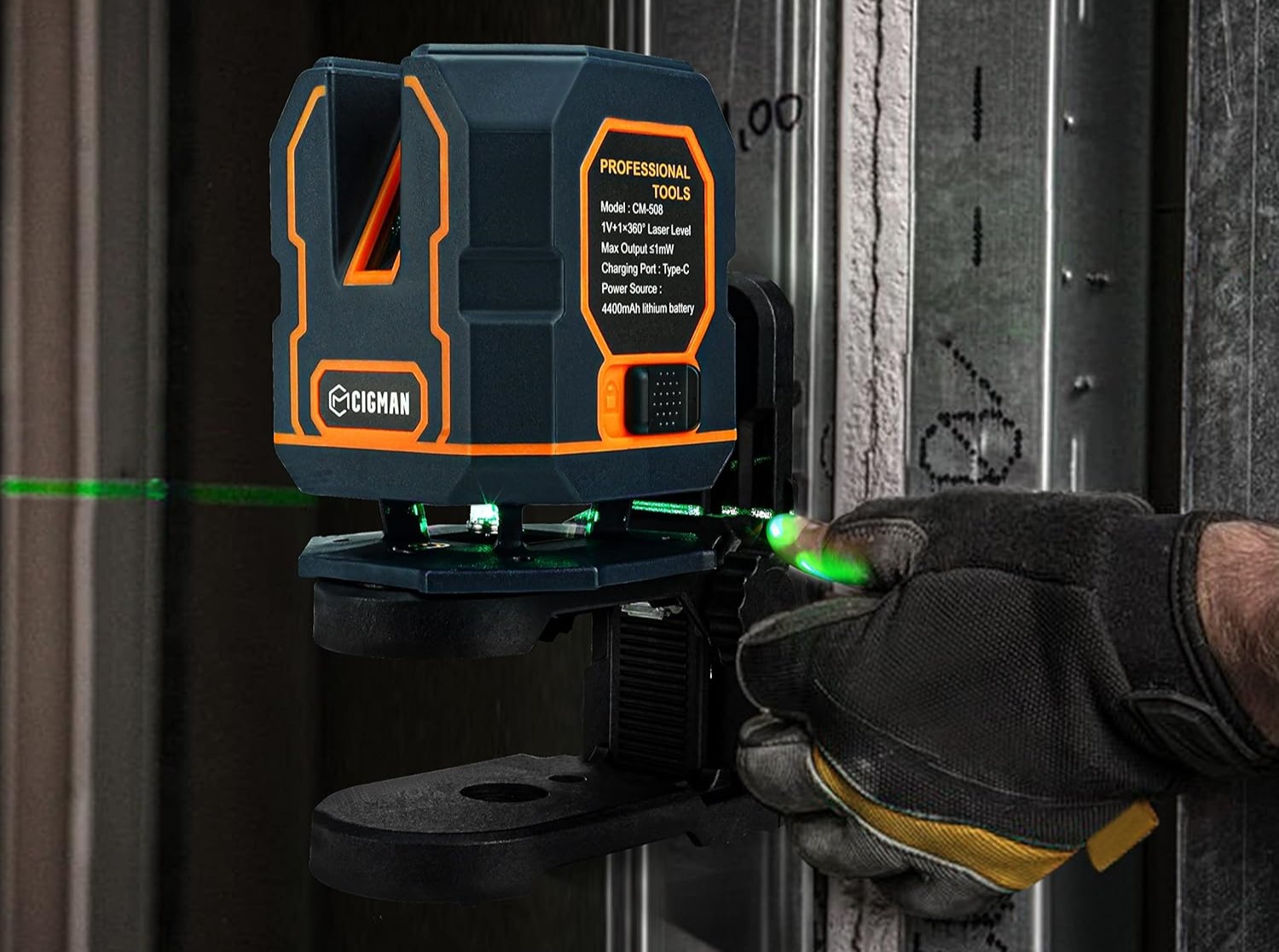
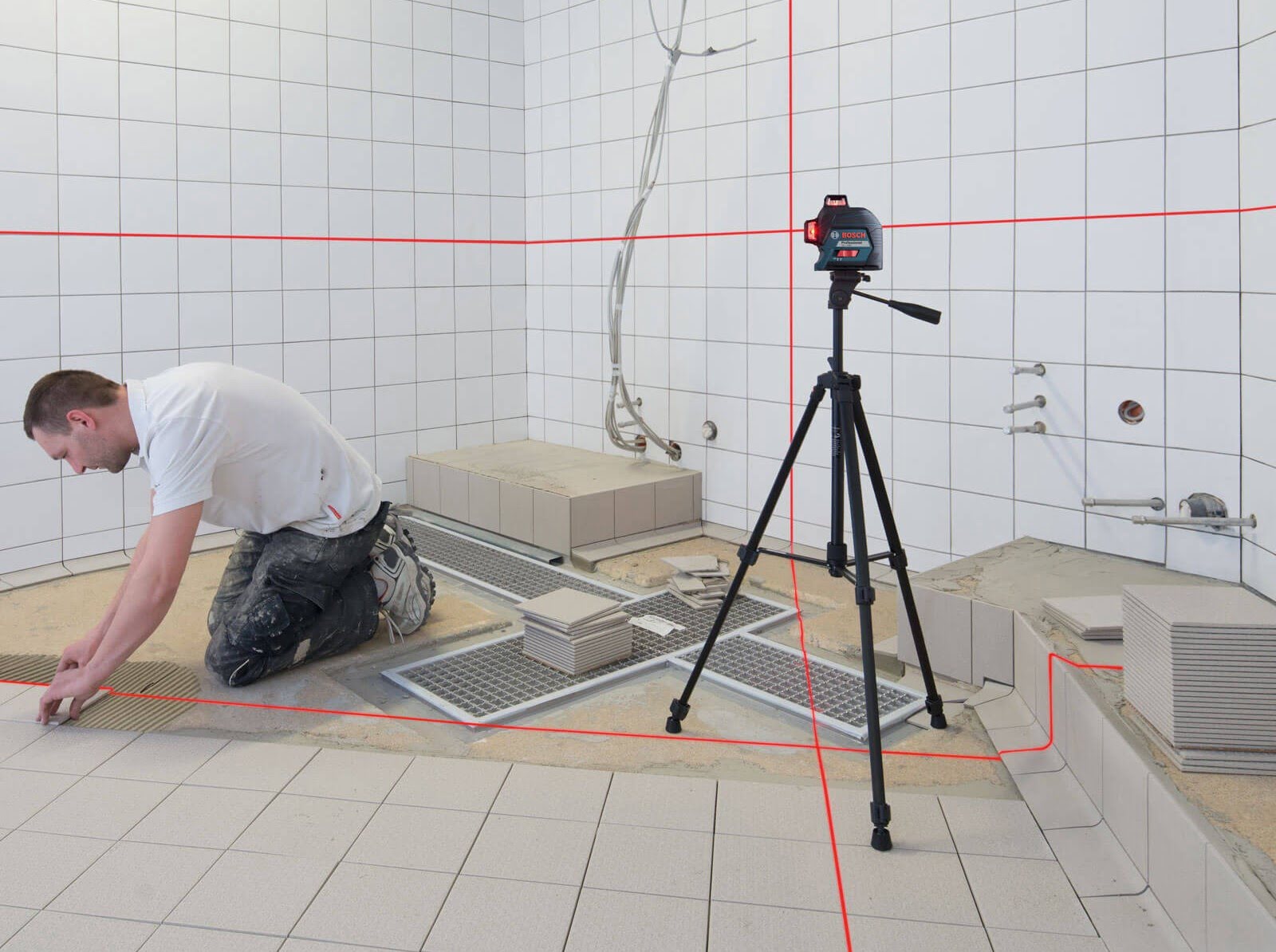
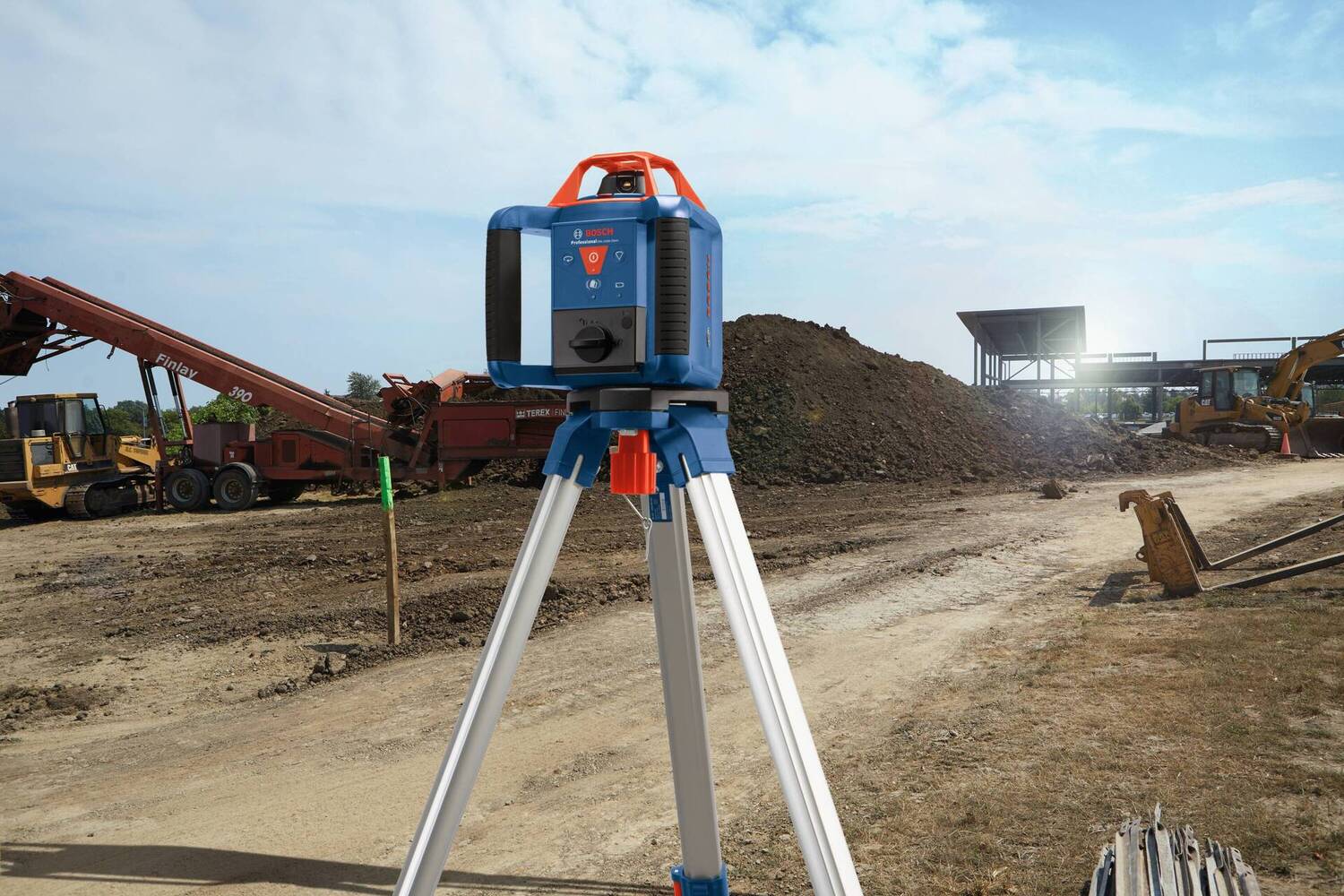
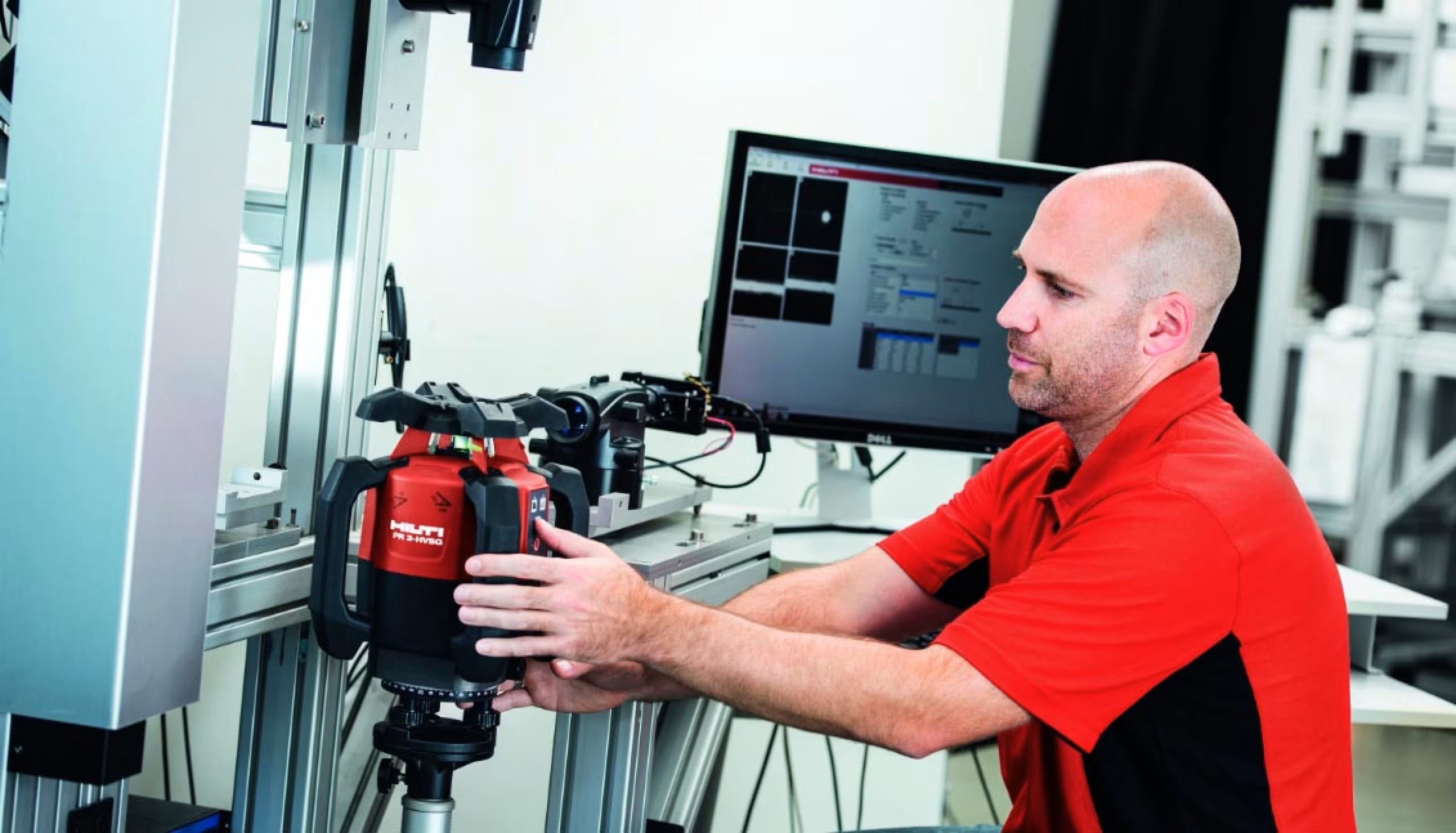

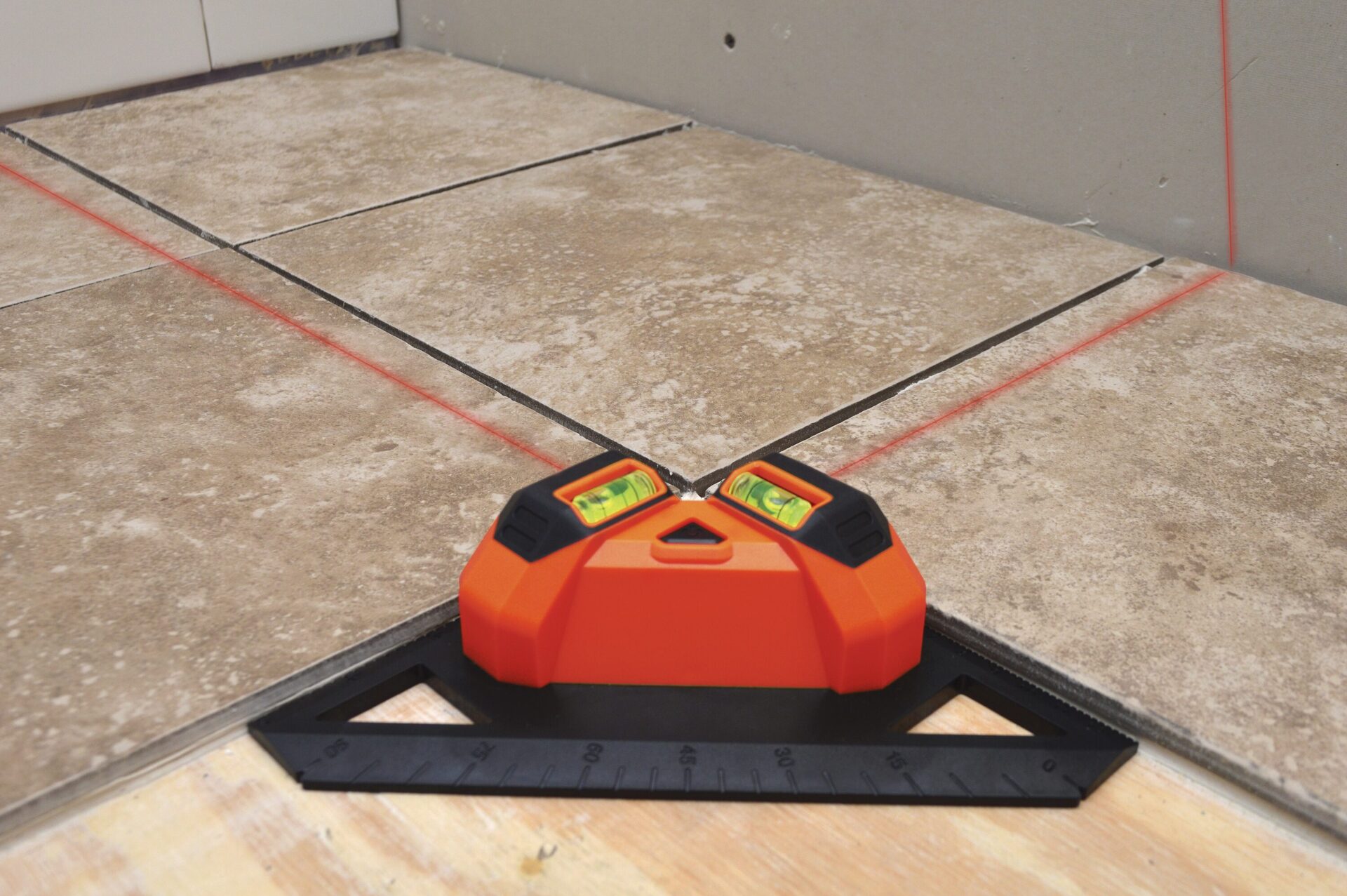
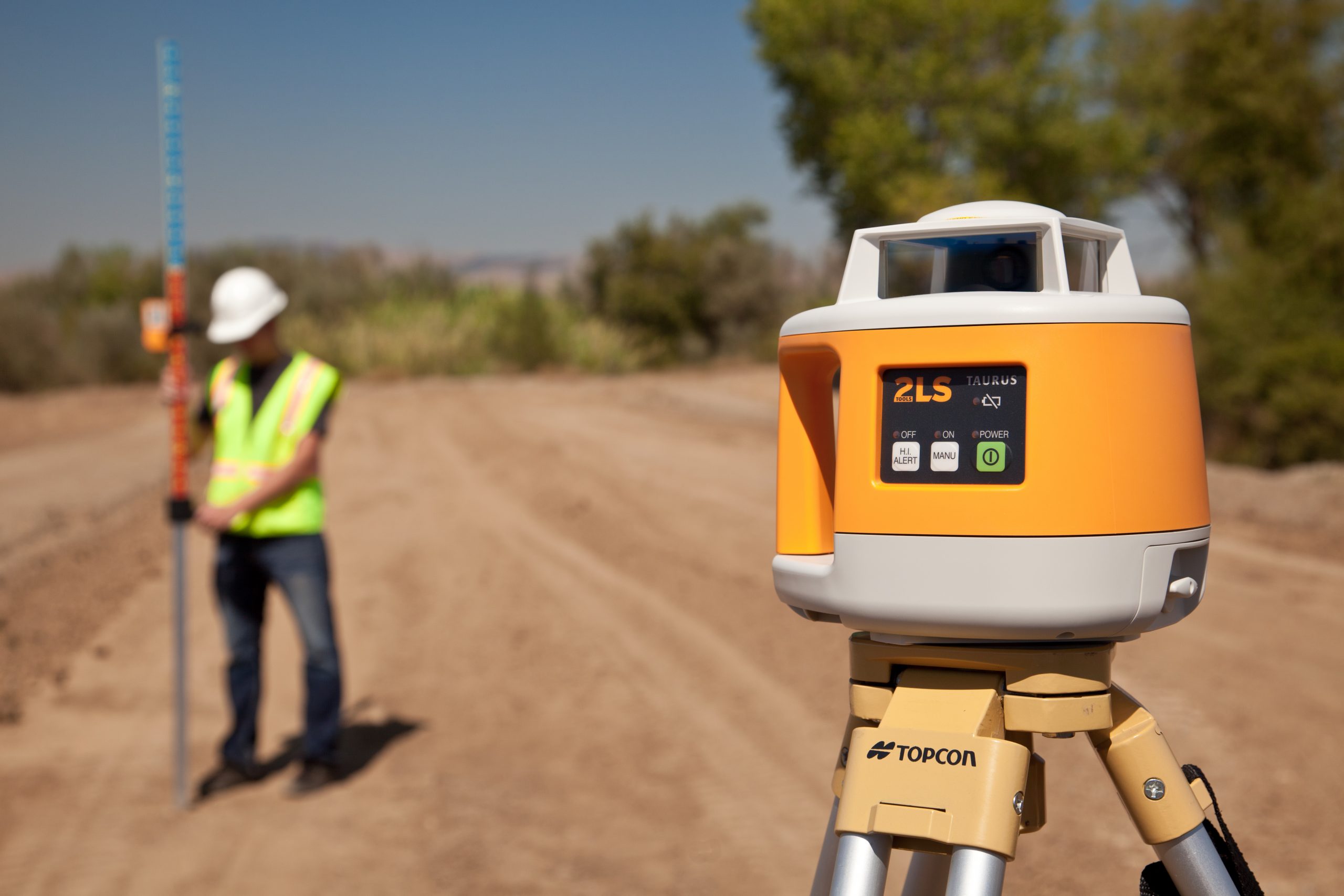
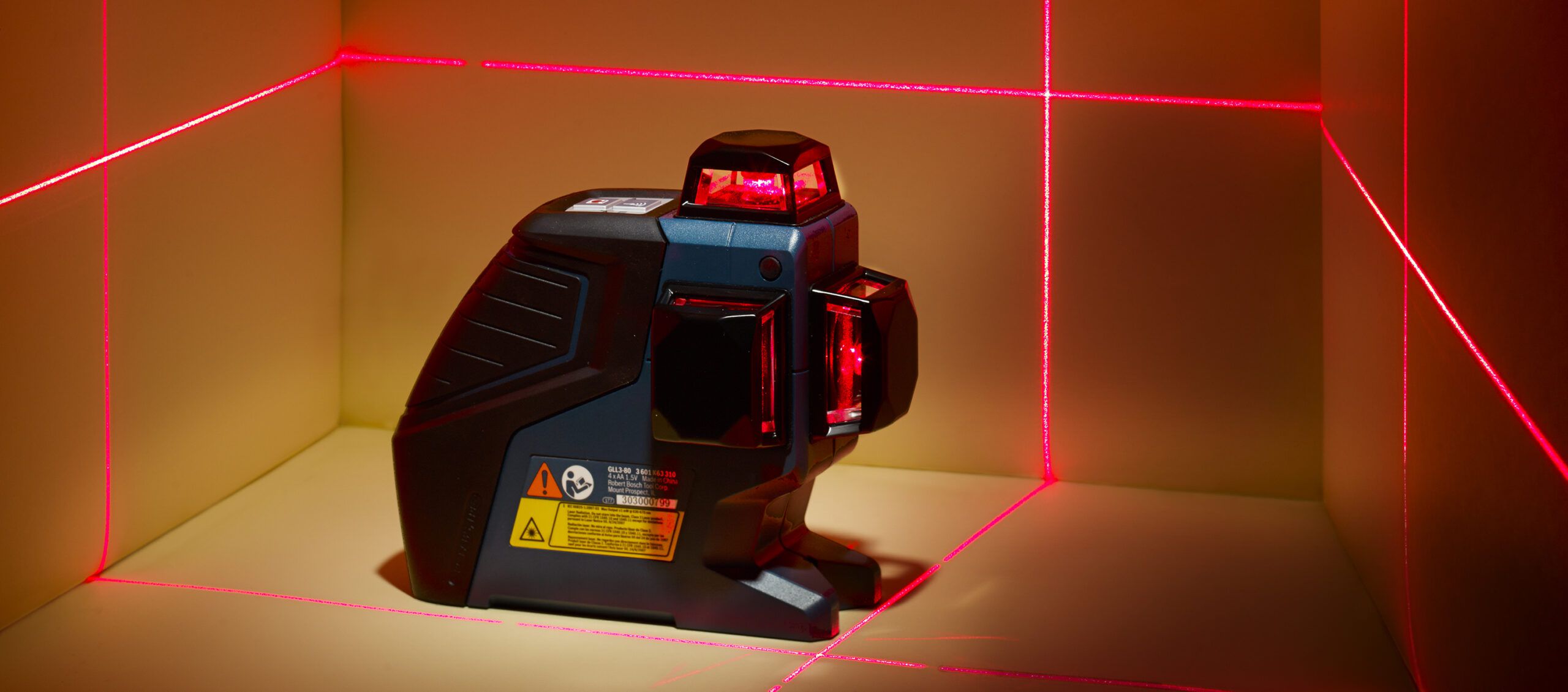
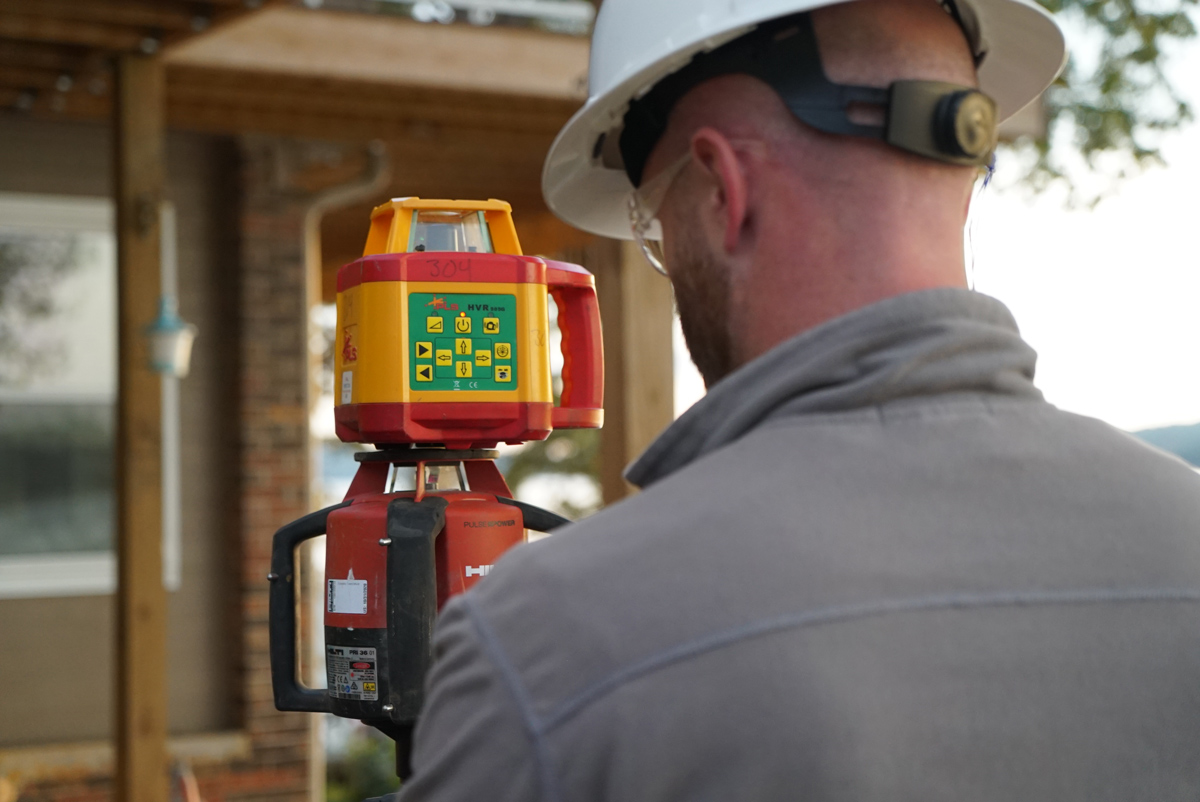

0 thoughts on “How Far Does Laser Level Go?”